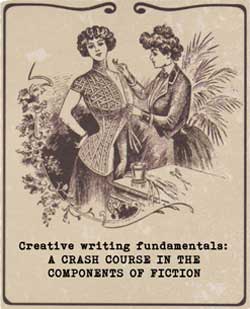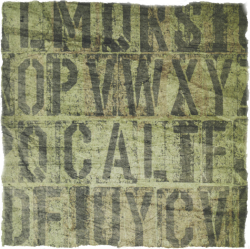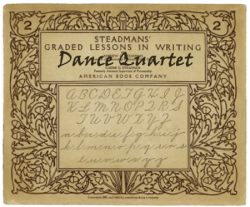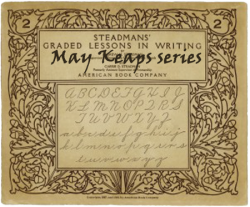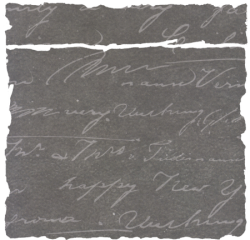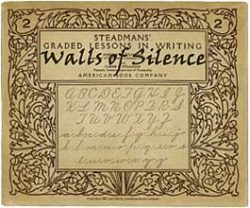I like my novels to have hidden meanings; different levels at which they can be read. I enjoy reading books like that, and I enjoy writing them. As a reader, there is something about the process of discovery where you feel you have intuited patterns or tangential links or overarching significances (only when learning my craft did I realise 99% of those apparent happenstances are woven in by the diligent writer) that makes you feel special, as if you have the key to unlock some understanding of the human condition – it does, me, anyway.
Another magic ingredient I came across during my long apprenticeship (how I wish I’d learned about it nearer the beginning) is structure. Any piece of writing worthy of calling itself a novel possesses various layers of structure dictated by the genre, plot, narrative arc, natural length of the story, point of view, writer’s style and voice, and tone of the entire work.
So, being an ardent convert to structure in the service of plot, and loving the plunge into layers of meaning, I wrote Walls of Silence with distinct divisions in the storytelling. The shift from one Part to another signifies a plot turning point in the chapters to follow, but also reflects shifts in the battle between the main character’s conscious and unconscious mind.
Each Part is accompanied by a quotation from G. F. Stout’s 1929 book: A Manual of Psychology. I was struck by the portentousness of many of his statements as they related to the particular mind I wanted to explore. As an added bonus, they also act as hidden clues to an upcoming narrative arc.
If you like being a literary detective then, if you have read Walls of Silence, see if you can unpick what each quotation tells you about the main character’s state of mind; or if you have yet to read the novel, what hints about events to come can you glean?
IN THE BEGINNING
It follows from this account that freedom is an ideal which can never be completely realised, and this ideal coincides with that of self-realisation.
Voluntary action is to be sharply discriminated from impulsive action, and deliberation from conflict of impulsive tendencies.
PART I
. . . no one can directly observe what is passing in the mind of another. He can only interpret external signs on the analogy of his own experience. These external signs always consist in some kind of bodily action or attitude.
PART II
[The psychologist] is concerned with the experiences which make up the life-history of the individual mind.
PART III
The play of motives passes through all kinds of vicissitudes as the alternative courses of action and their consequences are more fully apprehended in relation to the self.
PART IV
Experiences in general involve the presence of objects to the mind. We cannot perceive without perceiving something, we cannot suppose without supposing something to be the case, and even apparently objectless emotions are found in analysis to be directed upon something before the mind.
PART V
In spite of the mental assertion that we are not going to perform a certain action, the idea of that action, owing to other conditions, acquires and maintains a dominance in consciousness which ultimately leads to its realisation.
You might also like to read more background to Walls of Silence or rifle through my research for the novel.




